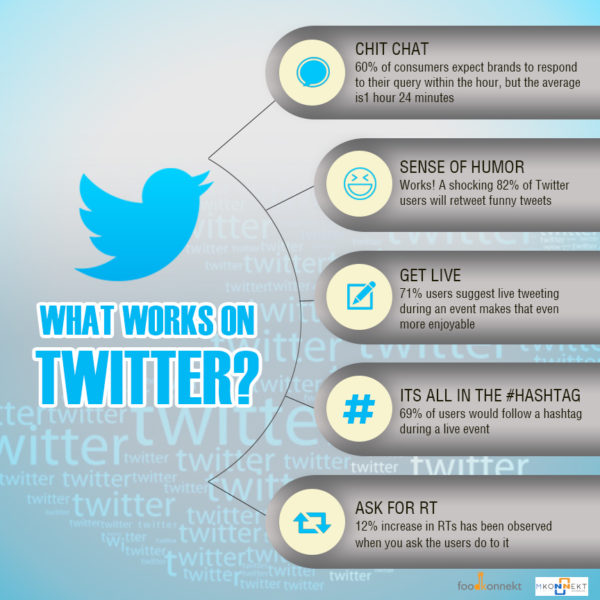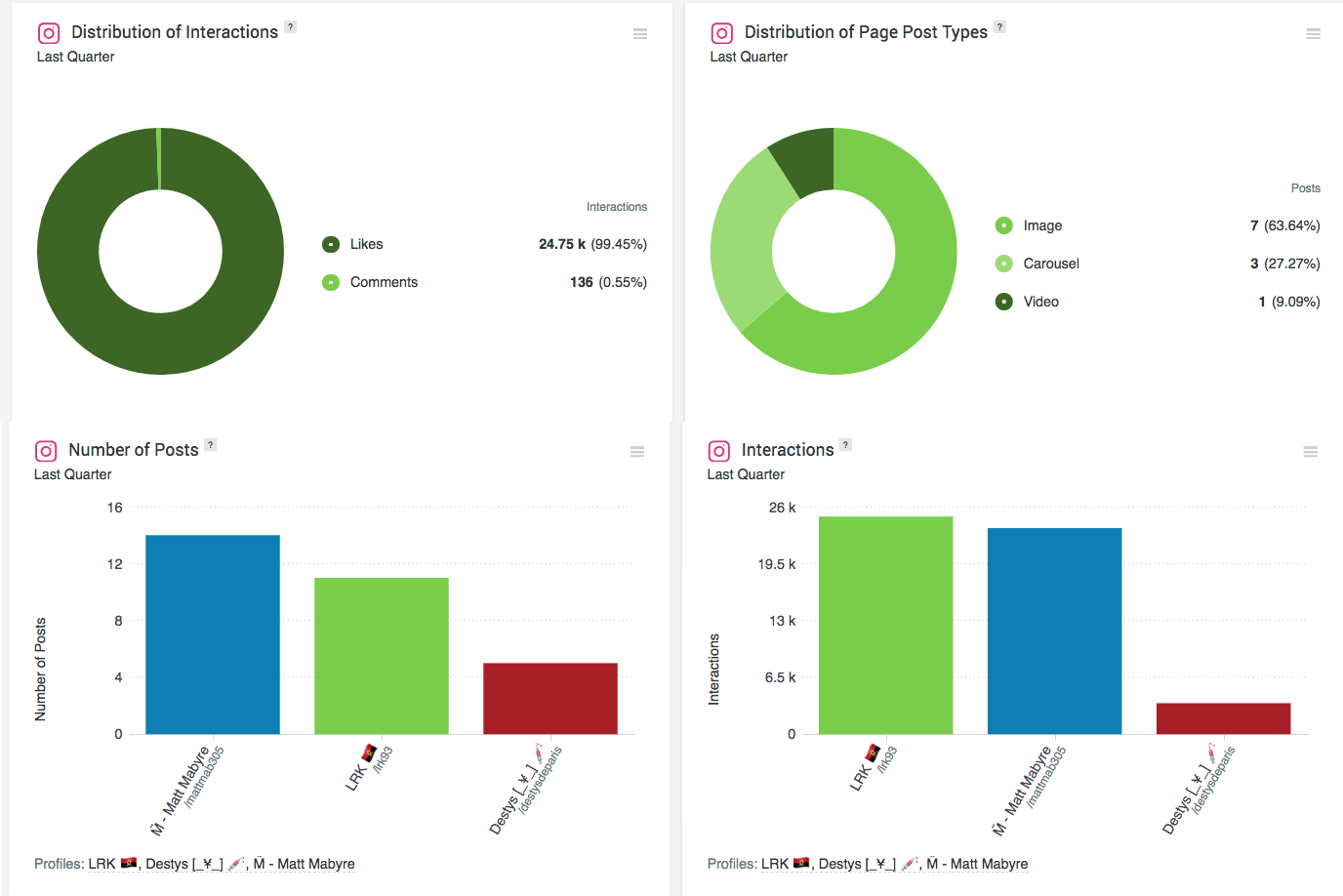
If you're interested in using content marketing to grow your business, you need to develop a strategy for achieving your goals. A content calendar, KPIs, and goals should be set to guide content marketing. These steps will help guide you in determining who you want and how to get there. You can now plan the steps that will get you there once you have identified these steps.
A content marketing strategy
A successful content marketing strategy involves developing an editorial calendar and scheduling regular content. This involves planning out what content will appeal to your target audience, identifying their needs, and writing quality for each piece. A key component of any successful marketing strategy is consistency. Having enough content to publish on a regular basis will help you maintain a constant stream of new content. It is important that you consider the stages of life and how they consume content.
Set SMART goals
When planning your content marketing strategy, setting SMART goals for your strategy is vital. As a general rule, SMART goals should be specific, measurable, achievable, realistic, and time-bound. Using this framework will help you keep track of your progress and measure success. It is important that your goals are both achievable and challenging. Make sure your goals are achievable and time-bound. This will help you stay on track.

Definition of KPIs
Metrics are a key part of any content marketing strategy. To monitor your progress, page views can be used as a simple indicator. You can also segment traffic by channel to determine which channel is driving the most traffic. This lets you see exactly where your efforts are paying off. To fully understand your content marketing's effectiveness, it is more than just knowing how many pages have been viewed. Other metrics such as conversion rates are also important.
How to create a content schedule
A content calendar is vital for creating high-quality, consistent content. It can help you identify trends and topics that are receiving the most attention. You can use it as a tool to help plan for how you want to publish and reuse your content on multiple channels. A content calendar will help you organize your content production more effectively. It can also help you identify gaps in your content marketing strategy and alert you to great copy in advance. It can also be used to monitor your content output and find collaboration opportunities.
Attracting new members
Effective content marketing strategies will help you increase your audience and boost your sales. Content marketing can take many forms, including videos, articles and photographs. The strategy defines which of these forms of content will be most beneficial for your business and which ones won't. You can also define your content distribution channels and goals. Your content should be valuable to your target audience to attract members. Below are some benefits of content-marketing.

FAQ
Is content marketing successful?
Yes! Hubspot reports that Content Marketing has been ranked as one of three top digital marketing channels in lead generation.
What are the 7 Steps of Content Marketing?
This seven-step content marketing process includes:
-
Identify the problem
-
Discover what's working today
-
Find new ideas
-
Develop them into strategies
-
Try them
-
Measuring the results
-
Continue the process until you find a solution.
This strategy is practical for both large and small businesses.
Where should I start with Content Marketing?
Start by identifying your audience. What are their needs? What are their needs and wants? What are their needs? How can you help them?
What's the role of a content strategist in marketing?
Content strategists are able to help you understand what search terms people use on the internet. They make sure your website is optimized for search engines to help you rank high. They also create content to be used on social media sites like Facebook, Twitter and others. They also create copy for blogs, advertisements, and websites.
A content strategist works closely alongside a marketing department and helps to plan a cohesive strategy for the company's web presence. Although content strategists are able to work on their own, they often collaborate with the marketing team to make sure that every piece of content is effective.
What is Content Marketing?
This is a strategy that creates valuable, relevant content for your website or blog. This content could include text, images and infographics.
How long should my content marketing campaign be expected to last?
This will vary depending on industry and the type of product/service offered.
One example is if your company sells shoes. You might spend one month designing a new model. For example, you might launch the product in August and keep updating it throughout year.
If you're selling clothes, you might create one look for fall and one for spring. Your goal is continually offer something fresh so your audience never gets bored.
Your goals will determine how long your content marketing program can last. For small-scale businesses, you may only need to focus on one channel. To reach large audiences, larger companies might need to consider several channels.
How does content-marketing work?
Content Marketing is a way to create engaging, valuable content that offers value.
If you give your audience useful information, solve problems or entertain them, you can build relationships. People will respond positively to positive messages from brands they trust.
People love reading about things they are interested in. Write something interesting and your readers will come back for more.
Your content should drive people to take action - whether buying your product, signing up for your newsletter, visiting your website, or sharing your article via social media.
Effective content marketing starts with compelling copy that is engaging your target market and gives them the information they need.
Statistics
- Measure your goals with a progress indicator of 0-100%. Make your goals collaborative and transparent (semrush.com)
- Progress indicators (0–100%) allow each team member to see how attainable each goal is and understand what remains to be accomplished. (semrush.com)
- According to our research, 65% of companies with very successful content marketing in 2021 ran content audits at least twice a year. (semrush.com)
- According to the Content Marketing Institute, 70% of B2B marketers and 86% of B2C marketers surveyed use content marketing in some form or other. (criteo.com)
- Out of the 1,500 marketers we surveyed for our State of Content Marketing report, 78% who felt their content marketing strategy was exceptionally effective in 2021 had documented their strategy. (semrush.com)
- An example of an overarching goal could be: "In 2022, we want to achieve a 20% increase in revenue created by organic content and generate 15,000 MQLs with a budget of $30,000." (semrush.com)
- Companies that use content marketing see approximately 30% higher growth rates than businesses not using it. (mailchimp.com)
- According to research compiled by Coschedule: Companies that publish 16+ blog posts a month get as much as 3.5x as much traffic as those that publish 0-4 posts a month. (criteo.com)
External Links
How To
Informationgraphic creation tips for content marketing
Infographics are one of the most effective ways to explain complex concepts simply, making information easy to understand. Information marketing is about providing valuable and useful information to your target audience. Infographics are a great way to share this message.
You'll need design software such as Adobe Illustrator or Photoshop to create an infographic. These programs are great for creating infographics. Once you are happy with your design, you can upload images to Unsplash and Pixabay for your design.
Look online for inspiration to create your own infographics. To show how many calories certain foods have, you can use a picture of a pyramid to illustrate this. You could also replace the numbers with images of the food. Or, you might choose to look up how much sugar is in soda pop and change that number to a picture of a bottle of Coke.
Once you have designed your infographic you can share it via social media channels, such as Facebook or Twitter. This allows people to learn more about the concept, even if they aren't familiar. If you decide to post your infographic on social media platforms, include hashtags so others can see what you're talking about. Hashtags allow users to follow along with conversations surrounding specific topics.
Make your infographics shorter than normal if you are creating them. An average blog post can range from 2000 to 5000 word, while an informationgraphic needs only 500 to 1000 words. That means you can get more information across in less space.
Remember that not all viewers can read small font sizes when designing an infographic. You should use large fonts for your infographics. Don't rely too heavily upon color. It is important that all text is legible.
These are just a few additional tips.
-
Use an infographic template. Many templates are available in both printable and online formats. Canva, Piktochart and Google Slides are the most used templates.
-
Create your Infographic. To create your infographic, use the template. You can use any media that suits your audience. In this example, photos of Seattle restaurants might be used to create an infographic about Seattle's best restaurants.
-
Add Text. After creating your infographic, add text with Microsoft Word, PowerPoint, and Canva.
-
Add images. Add images to an infographic. You can add images to your infographic. Make sure your picture is relevant to the topic you are adding.
-
Make it interactive. You can add interactive elements, such as maps, buttons, and links. This will allow you to engage your audience.
-
Share. Share your infographic with others on social media such as Facebook, Twitter and LinkedIn.
-
Measure. Your infographic's performance. Did people click through? Did they sign up for your email list? Was your infographic received well by them?
-
Improve. Are there ways you could improve your infographic? Is there anything you could do better?
-
Repeat. Repeat.